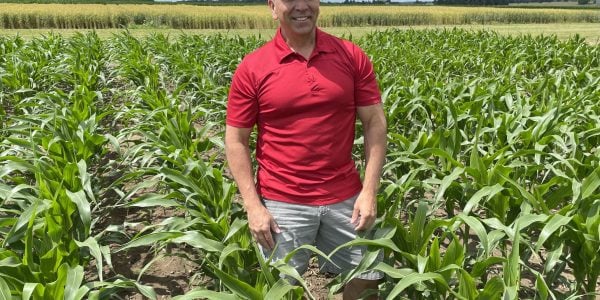Nutrients such as nitrogen and phosphorus move through the soil in very different ways, so understanding how they move is important to help growers choose the best fertilization strategy.
For example, phosphorus moves through the soil slowly and methodically like a turtle, while nitrogen moves quickly like a rabbit, darting through the plant’s root zone and soil profile.
In this episode RealAgriculture’s Soil SchoolDr. John Lauzon, an associate professor at the University of Guelph, studies how nutrients in the soil are transported to the root surface by root capture, mass flow and diffusion.
When it comes to phosphorus, Lauzon points out that the nutrient can only move about 1/16 of an inch during the growing season. Because mobility is so low, he notes, it’s important for growers to employ a proper fertilization strategy.
Lauzon discusses why there are benefits to banding less mobile nutrients, especially phosphorus, close to the seed. He also gives advice on how close a band can be to a seed and why ammonium phosphate can be used as a banded or mixed fertilizer.
Tap here To see more Soil School videos, click here.
subscribe: Apple Podcasts | Spotify | | All Podcasts







